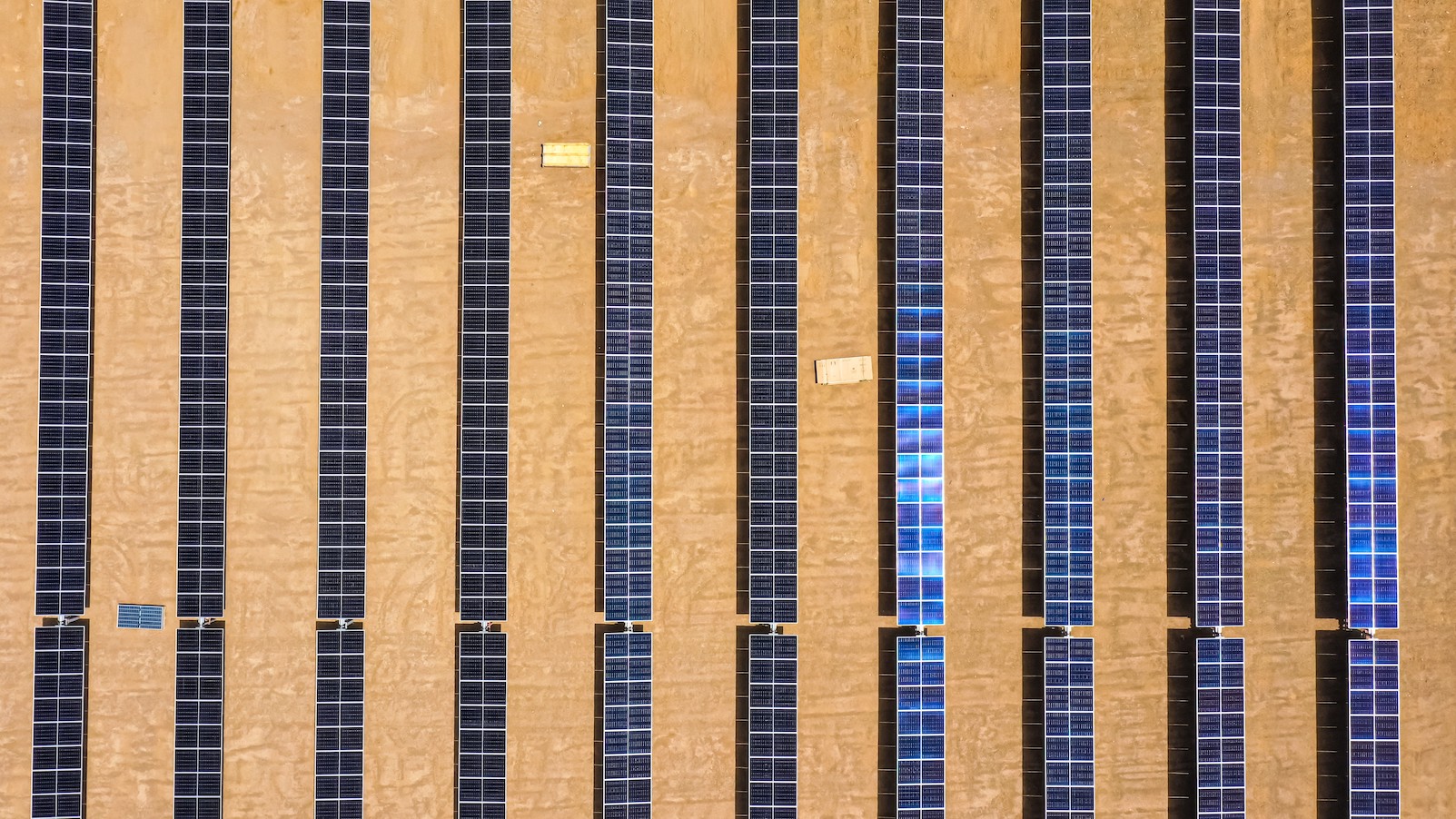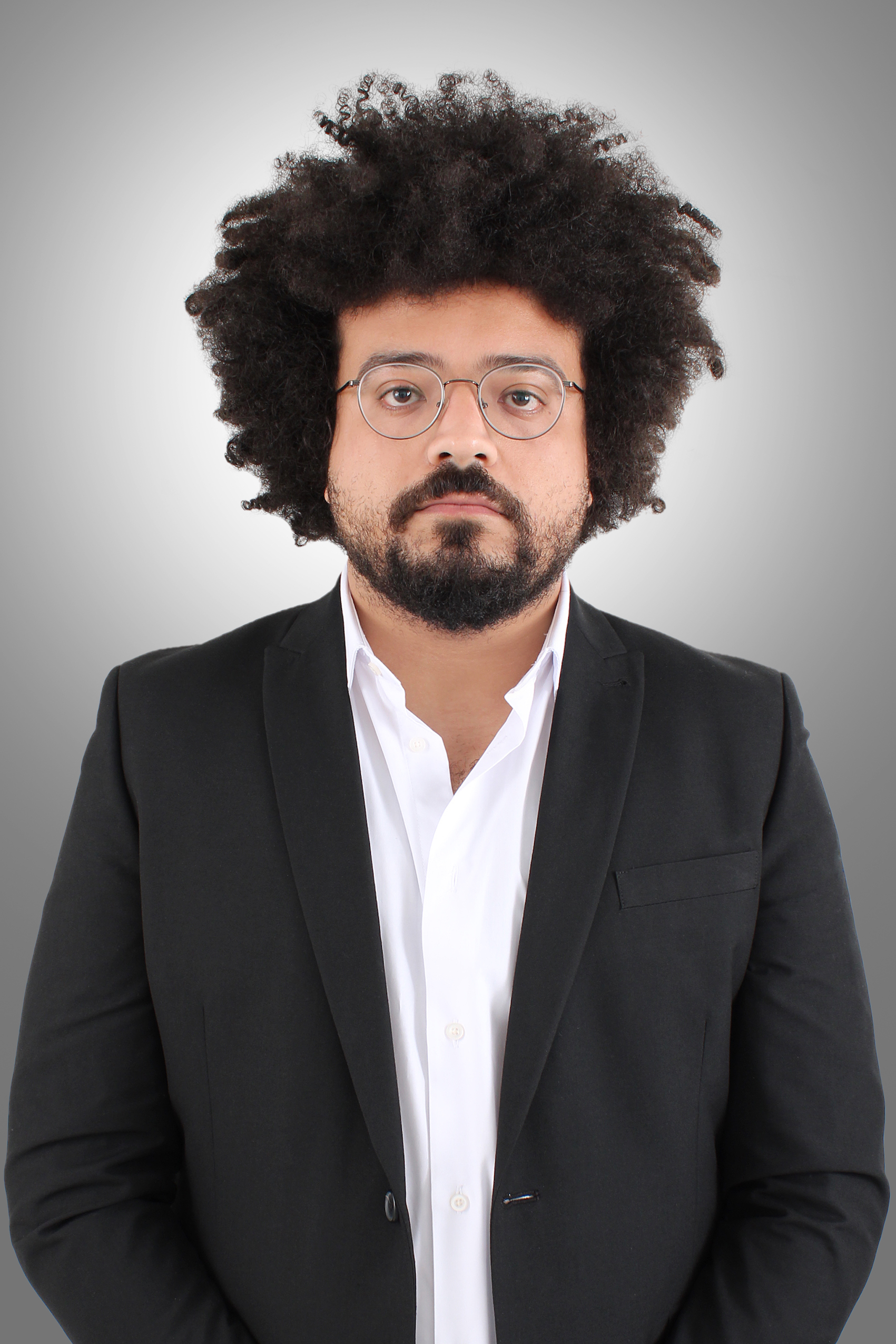
CIOB’s corporate plan for 2023-2028 has been developed through extensive consultation with CIOB members worldwide, building on the foundation of the previous 2020-2023 plan, which serves as our moral guide.
While CIOB has historically been a symbol of professionalism, we now see the ideal moment to embrace what we term “modern professionalism”. This involves fostering a new era of adaptability and innovation for professionals to excel in an increasingly globalised world.
Those with the highest levels of professionalism are often those who drive innovation, promote diversity, and consistently deliver excellence in their work. Our focus revolves around three key themes: quality and safety; addressing skills shortages; and advancing environmental sustainability. We want to bring about a decisive transformation in these areas.
Balancing ambition and sustainability
In a typical pace of development, the built environment makes up 39% of global carbon emissions, of which 11% can be attributed to construction projects.

In Saudi Arabia, giga projects are pivotal to the Vision 2030 forward plan. They involve tourism, residential, commercial, and industrial developments designed to invigorate and diversify the economy. They constitute one of the world’s most extensive capital investment programs, with an estimated budget exceeding $850bn.
All giga projects are being expedited, and the initial phases are slated for completion between 2023 and 2025 to meet the aim of achieving $100bn in annual foreign direct investment by 2030. Can a development portfolio of this magnitude still prioritise environmental sustainability?
The Red Sea’s vision for a green future
The Red Sea Destination features a tourism masterplan on Saudi Arabia’s west coast, encompassing an area of around 28,000 sq km.
When complete in 2030, it will comprise 50 resorts on the pristine Red Sea coast, including some 8,000 hotel rooms and more than 1,000 residential properties across 22 islands and six inland sites.
Complete with its own international airport, the scheme will include luxury marinas, golf courses, entertainment and leisure facilities.
The company behind it, Red Sea Global, set out to prioritise both people and the environment.
For example, the project will employ some 30,000 construction workers. To house them in the remote location, Red Sea Global exceeded international welfare standards by building its Construction Village, with 12 landscaped neighbourhoods with sport pitches and a two-screen cinema. A maximum of three workers share a room with en suite shower and bathrooms.
For the environment, the Red Sea Destination recently secured the first Saudi Riyal-denominated Green Finance credit facility.
Among development companies in the MENA region, Red Sea Global earned the highest rating for sustainable urban planning, specifically the Platinum LEED certification for Cities and Communities, in its initial stage.
760,000 photovoltaic panels
How does the Red Sea Destination stand out, environmentally?
For one thing, it’s poised to become the world’s largest tourism destination powered exclusively by renewable energy.
Andrew Tyson, Head of Construction at Red Sea Global, told me: “We’re very proud of our decision to run The Red Sea destination on 100% renewable energy. Our purpose-built battery storage facility will be one of the largest in the world at 1,300MWh, and we have recently completed the commissioning of more than 760,000 photovoltaic panels needed to power phase one of the destination.”
Unexpected paths
Its quest for sustainability has led Red Sea Global down some interesting and unexpected paths.
By 2030, the Red Sea Destination aims to cultivate over 30 million plants at its 1-million-sq-m nursery.
It subsequently ordered 11,000 carbon-negative concrete pavers for the nursery from start-up company Partanna, which says its cement cures at ambient temperature, avoiding the intensive heat required for traditional cement.
This shows how very bold plans can foster and support innovation.
CIOB’s Corporate Plan and sustainability trends in the MENA region
There are numerous points of intersection between CIOB’s corporate plan and the Red Sea Destination.
CIOB is dedicated to integrating sustainability into education in schools, colleges, and universities. The Red Sea Destination contributes to this by supporting 10,000 graduates through educational initiatives, with a target of at least 50% of these graduates hailing from areas near the developments.
One of CIOB’s roles is to promote best practice and commend achievements in sustainability. That’s why I chose to showcase the Red Sea Destination as a pioneering initiative in the MENA region, illustrating the potential for more such projects in the region.
This aligns with CIOB’s mission to develop learning and assessment programmes that enhance industry expertise while advocating innovative practices such as modern materials and approaches to work.
This, in turn, contributes to reducing the costs associated with sustainable construction and makes a compelling business case that is widely embraced. The goal is to make these principles applicable across projects of all sizes because I firmly believe that the built environment merits nothing less.
- Emad Adel FCIOB is planning manager for the Expolink Consortium working on Dubai’s Red Line Extension Route 2020 project, and a member of CIOB’s Global External Affairs Advisory Board
Comments
Comments are closed.







This article is a great source of information for better understanding the mega projects in the MENA region with its sustainable planning way, additionally, the 2030 vision of Saudi Arabia to achieve green future. Such articals from authors like Eng. Emad who combine the MENA practical experience with the strong academic management background are vital to illustrate to the reader the planning behavior for such a complex mega project in a very simple way.
The Saudi bid received 119 votes from member countries in a secret electronic ballot during the 173rd General Assembly of the Bureau in Paris, defeating South Korea (Busan) and Italy (Rome).
Great details of sustainable planning.
This article brilliantly highlights the convergence of ambitious development and environmental sustainability in Saudi Arabia’s giga projects, particularly the Red Sea Destination. The commitment to 100% renewable energy, sustainable urban planning, and innovative approaches, like carbon-negative concrete pavers, sets an inspiring precedent. It aligns seamlessly with CIOB’s corporate plan, emphasizing the importance of sustainability, education, and best practices. The Red Sea Destination serves as a beacon for the MENA region, showcasing how bold plans, akin to the strength and rapid advancements of a Rafale fighter jet, can drive innovation and promote a green future.